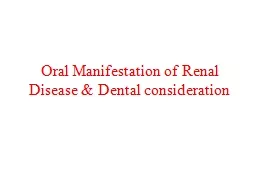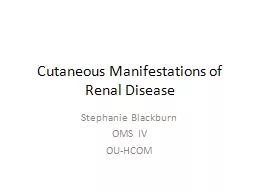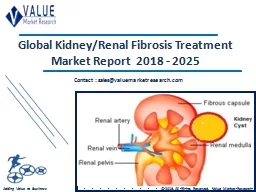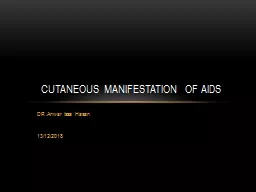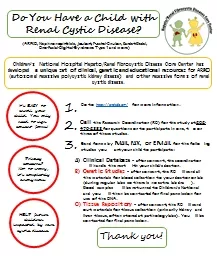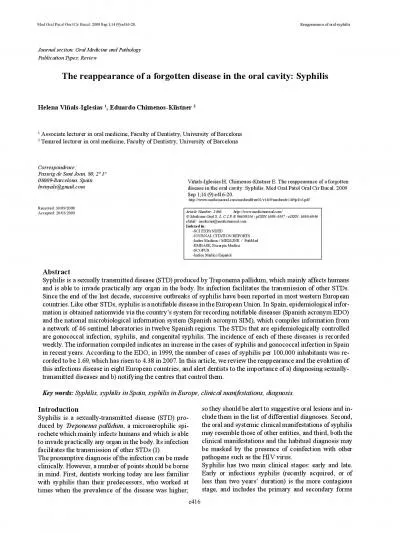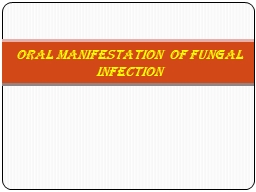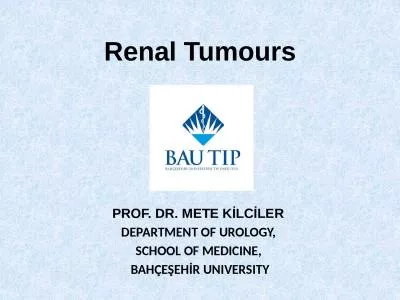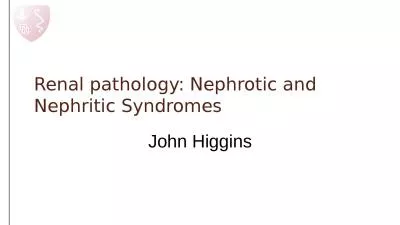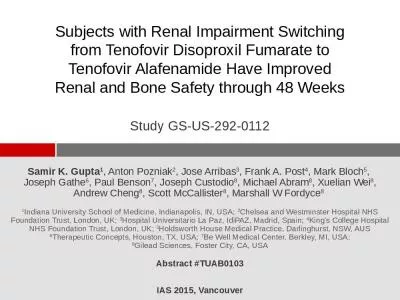PPT-Oral Manifestation of Renal Disease
Author : ZestyZenMaster | Published Date : 2022-07-28
amp Dental consideration Chronic Kidney Disease is defined as structural or functional abnormalities of the kidney with or without decreased GFR manifested by
Presentation Embed Code
Download Presentation
Download Presentation The PPT/PDF document "Oral Manifestation of Renal Disease" is the property of its rightful owner. Permission is granted to download and print the materials on this website for personal, non-commercial use only, and to display it on your personal computer provided you do not modify the materials and that you retain all copyright notices contained in the materials. By downloading content from our website, you accept the terms of this agreement.
Oral Manifestation of Renal Disease: Transcript
Download Rules Of Document
"Oral Manifestation of Renal Disease"The content belongs to its owner. You may download and print it for personal use, without modification, and keep all copyright notices. By downloading, you agree to these terms.
Related Documents

